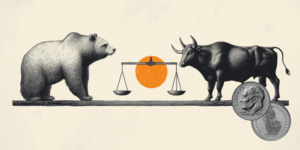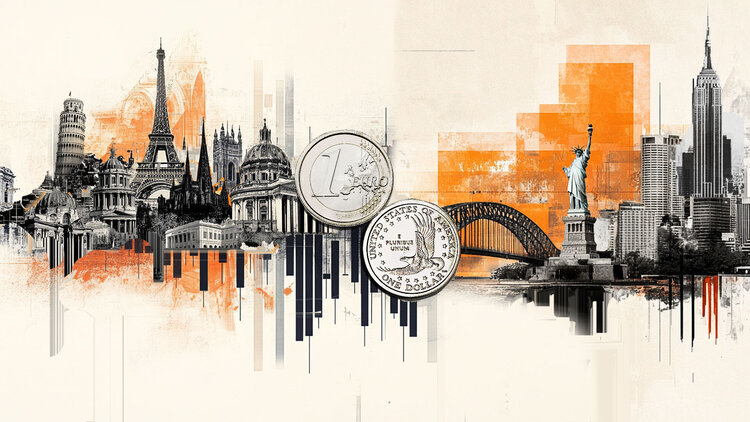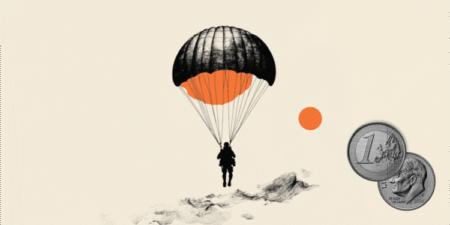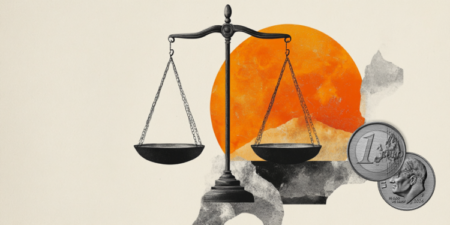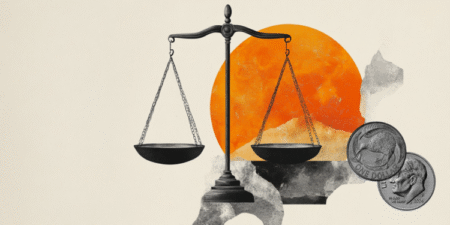- EUR/USD turns upside down as the US Dollar gains after the release of the US Michigan survey data for May.
- US 12-month consumer inflation expectations accelerated to 7.3% from 6.5% in April.
- ECB’s Kazaks argued in favor of further interest rate cuts.
EUR/USD slides to near 1.11500 during North American trading hours on Friday. The major currency pair weakens as the US Dollar (USD) turns positive after recovering initial losses, following the release of the flash United States (US) consumer sentiment and inflation expectations data for May.
The US Dollar Index (DXY), which tracks the Greenback’s value against six major currencies, moves higher above 101.00.
Flash one-year Consumer Inflation Expectations have increased to 7.3% from the prior release of 6.5% – a key trigger that would refrain the Federal Reserve (Fed) from lowering interest rates from their current levels. Fed officials have already been arguing in favor of keeping interest rates steady as they believe that the current rate of tariffs is still high enough to prompt inflation. On Monday, Washington and Beijing agreed to lower tariffs by 115% for 90 days.
Earlier this week, Chicago Fed Bank President Austan Goolsbee said, “Tariffs are still three to five times higher than what they were before, so it is going to have a stagflationary impulse on the economy. It’s going to make growth slower and make prices rise.”
According to the CME FedWatch tool, the probability for the Fed to leave rates steady in the range of 4.25%-4.50% in the June and July meetings is 91.8% and 65.1%, respectively.
Meanwhile, the Consumer Sentiment Index (CSI) unexpectedly declined to 50.8 from 52.2 in April, the lowest level seen since June 2022. Economists expected the sentiment data to have increased to 53.4. The sentiment data has come in lower for the fifth time in a row.
Daily digest market movers: EUR/USD turns negative as US Dollar revives
- EUR/USD weakens as the US Dollar turns positive after clawing back initial losses, and the Euro (EUR) weakens, with traders remaining increasingly confident that the European Central Bank (ECB) will reduce interest rates again in the monetary policy meeting next month.
- Factors contributing to solid ECB dovish bets are confidence that the Eurozone inflation is on track to return to the central bank’s target of 2% this year, and the economic outlook is grim due to global uncertainty.
- Several ECB officials have argued in favor of continuing interest rate reduction. During European trading hours, ECB Governing Council member Martins Kazaks guided a dovish monetary policy outlook by saying that there may still be a “couple” of reductions in the deposit rate this year from its current level of 2.25%, Bloomberg reported. However, Kazaks cautioned that policymakers shouldn’t hurry and adopt a “meeting by meeting” approach amid the unclear global trade situation.
- On the economic front, Eurozone Q1 Gross Domestic Product (GDP) data has been revised lower, while Employment Change has held up. The data showed on Thursday that the Eurozone economy grew at a slower pace of 0.3%, compared to the preliminary estimate and the prior release of 0.4%. Year-on-year, the GDP growth remained 1.2%, as expected. Meanwhile, the Employment Change in the January-March period has come in higher at 0.3% quarter-on-quarter, compared to flash estimates and the former reading of 0.1%.
Euro PRICE Today
The table below shows the percentage change of Euro (EUR) against listed major currencies today. Euro was the strongest against the Swiss Franc.
| USD | EUR | GBP | JPY | CAD | AUD | NZD | CHF | |
|---|---|---|---|---|---|---|---|---|
| USD | 0.22% | 0.33% | 0.20% | 0.12% | 0.12% | -0.05% | 0.40% | |
| EUR | -0.22% | 0.11% | -0.02% | -0.12% | -0.12% | -0.27% | 0.17% | |
| GBP | -0.33% | -0.11% | -0.14% | -0.22% | -0.23% | -0.38% | 0.06% | |
| JPY | -0.20% | 0.02% | 0.14% | -0.10% | -0.12% | -0.29% | 0.17% | |
| CAD | -0.12% | 0.12% | 0.22% | 0.10% | -0.02% | -0.16% | 0.29% | |
| AUD | -0.12% | 0.12% | 0.23% | 0.12% | 0.02% | -0.14% | 0.28% | |
| NZD | 0.05% | 0.27% | 0.38% | 0.29% | 0.16% | 0.14% | 0.43% | |
| CHF | -0.40% | -0.17% | -0.06% | -0.17% | -0.29% | -0.28% | -0.43% |
The heat map shows percentage changes of major currencies against each other. The base currency is picked from the left column, while the quote currency is picked from the top row. For example, if you pick the Euro from the left column and move along the horizontal line to the US Dollar, the percentage change displayed in the box will represent EUR (base)/USD (quote).
Technical Analysis: EUR/USD faces selling pressure near 1.1200
EUR/USD falls to near 1.1150 on Friday. The near-term outlook of the pair is still uncertain as the 20-day Exponential Moving Average (EMA) is acting as a key barrier around 1.1210.
The 14-period Relative Strength Index (RSI) recovers strongly to 50.00 after sliding to near 40.00, suggesting indecisiveness among traders.
Looking up, the April 28 high of 1.1425 will be the major resistance for the pair. Conversely, the March 18 high of 1.0955 will be a key support for the Euro bulls.
Inflation FAQs
Inflation measures the rise in the price of a representative basket of goods and services. Headline inflation is usually expressed as a percentage change on a month-on-month (MoM) and year-on-year (YoY) basis. Core inflation excludes more volatile elements such as food and fuel which can fluctuate because of geopolitical and seasonal factors. Core inflation is the figure economists focus on and is the level targeted by central banks, which are mandated to keep inflation at a manageable level, usually around 2%.
The Consumer Price Index (CPI) measures the change in prices of a basket of goods and services over a period of time. It is usually expressed as a percentage change on a month-on-month (MoM) and year-on-year (YoY) basis. Core CPI is the figure targeted by central banks as it excludes volatile food and fuel inputs. When Core CPI rises above 2% it usually results in higher interest rates and vice versa when it falls below 2%. Since higher interest rates are positive for a currency, higher inflation usually results in a stronger currency. The opposite is true when inflation falls.
Although it may seem counter-intuitive, high inflation in a country pushes up the value of its currency and vice versa for lower inflation. This is because the central bank will normally raise interest rates to combat the higher inflation, which attract more global capital inflows from investors looking for a lucrative place to park their money.
Formerly, Gold was the asset investors turned to in times of high inflation because it preserved its value, and whilst investors will often still buy Gold for its safe-haven properties in times of extreme market turmoil, this is not the case most of the time. This is because when inflation is high, central banks will put up interest rates to combat it. Higher interest rates are negative for Gold because they increase the opportunity-cost of holding Gold vis-a-vis an interest-bearing asset or placing the money in a cash deposit account. On the flipside, lower inflation tends to be positive for Gold as it brings interest rates down, making the bright metal a more viable investment alternative.
Read the full article here



